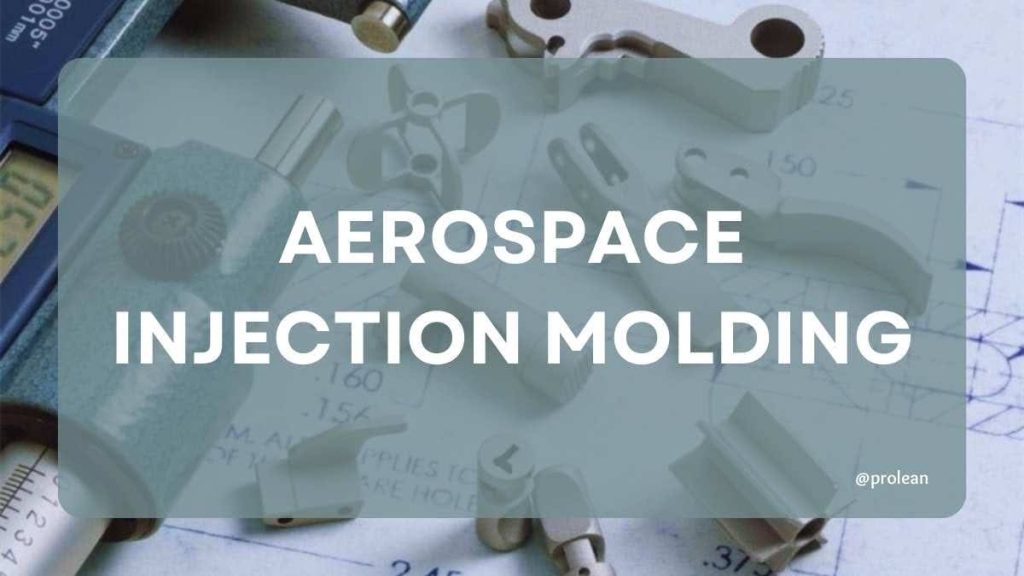
The aerospace industry requires the use of high-performance materials and accurate fabrication. The engineering thermoplastics specialty of Prolean Tech provides dependable solutions, and effective injection molding quality control to these challenges. In molding aerospace products it’s paramount to achieve accurate functional features and uniformity in parts. However, injection molding offers freedom in design, a vast array of materials to use, and is inexpensive to manufacture, still, inaccuracies are there. Usually, it’s applied in the production of aerospace parts such as panels, housings, and ducting to meet the required standards of aerospace engineering. The injection molding process involves heating the polymer material and then injecting it into metal molds to create intricate shapes with close-dimensional control. Prolean Tech specializes in providing these high-quality flight-ready components on time and to the most stringent standards.
Why Use Injection Molding for Aerospace Industry?
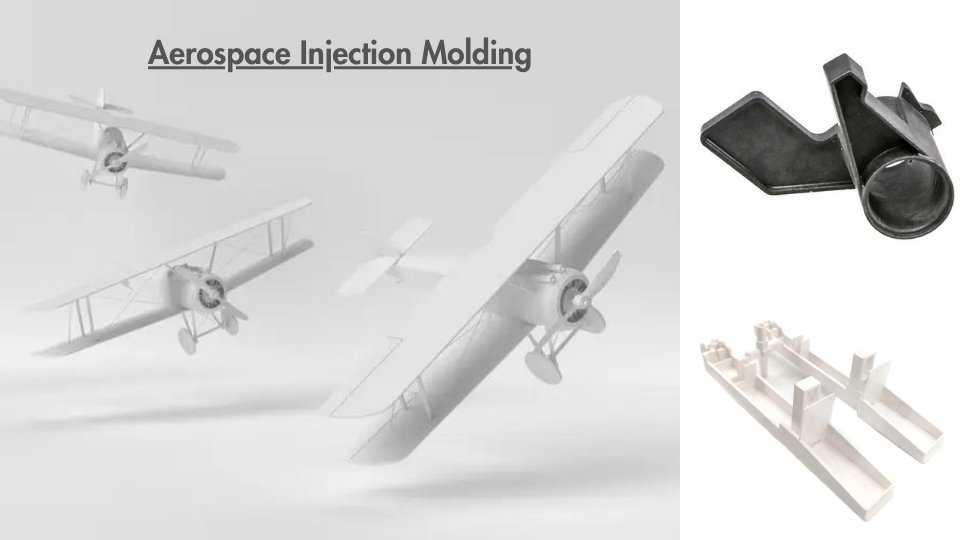
Aerospace injection molding
Injection molding is a typical process in the aerospace industry for producing plastic parts. Here are some reasons engineers prefer it in this demanding industry.
Design Flexibility
The aerospace plastic injection molding is highly suitable for design flexibility. Molds are easily and cheaply made by using rapid tooling techniques such as 3D printing. Ideas can be altered during the manufacturing process without much time wasted by the engineers.
Material Selection
Aerospace injection molding accommodates a wide range of materials ranging from simple thermoplastic materials to complex composite materials. This makes it possible for engineers to choose the materials they require for strength, thermal conductivity, and the ability of the material to last longer.
Tight Tolerance and Precision
The rapid injection molding process provides the parts with dimensional accuracy and allows for achieving tolerances of +/-0.001’’. The parts often require little further processing after the fabrication stage thus making it economical.
High Strength
Aerospace parts or products are subjected to extremely tough conditions as in-flight loads and vibrations. The injection molding process also guarantees that these parts possess the requisite mechanical and thermal properties that will enable them to perform effectively in those conditions.
Lightweight
Weight is a critical factor in aeronautics. Compared to metals, injection molded plastics are lighter in weight and possess greater strength which means increased fuel efficiency and performance.
Consistent Quality
Injection molding processes make it possible to achieve high reliability and create identical parts, multiple thousands of times. This makes it a perfect choice especially when it comes to large production runs as the quality is likely to be well maintained.
Custom Finishing
There are many available choices of injection molding finishes ranging from matte to glossy with surface roughness as low as 0.012µm. Manufacturers can also offer different textures on the products in the form of aesthetic or even functional value.
Low Cost
Compared to other molding techniques such as die casting or even machining, injection molding is relatively affordable. Molds are cheaper to make while the use of plastic makes it economical to transport and store since it is relatively lighter than metal.
Try Prolean Now!
Major Cost Drivers In Aerospace Injection Molding
Let’s figure out some major factors affecting the costs of aerospace injection molding;
Limited Flexibility
Nonetheless, the injection molding process is not very flexible, which is one of the biggest drawbacks of the method. Molds changeovers, make the process costly, and steep. Although steel molds are a reasonable option for small production; however, their durability is lower.
Material Constraints
Tooling is normally designed for a certain material and therefore changing the material would call for a new tool. As has been postulated, the aerospace industry is highly governed, and it involves processes such as testing; thus, changing materials involves additional costs and time.
High Tooling Costs
Injection molds are expensive, especially for small runs and this may prove costly when used in making molds. However, if we use aluminum tooling it will be inexpensive and can last up to 20000 parts and for steel tooling, it will be up to 50000 parts. In such circumstances, the conventional techniques of structure construction could be costly and hence other techniques like 3D printing might be the most suitable.
Aerospace Injection Molding Materials and Components
High-performance polymers including PP, HDPE, and PEEK are utilized in aerospace injection molding to produce various parts including bezels, turbine blades, and chassis parts.
| Material | Key Properties | Aerospace Components |
| Polypropylene (PP) | High toughness, chemical resistance, thermal stability | Bezels, containers, panels |
| High-Density Polyethylene (HDPE) | Flexibility, low-temp toughness, weather resistance | Enclosures, lenses, protective housings |
| Acrylonitrile Butadiene Styrene (ABS) | High tensile strength, chemical, and abrasion resistance |
Chassis components, control panels, turbine housings
|
| High Impact Polystyrene (HIPS) | Impact resistance, thermal stability, cost-effective | Internal panels, housings, sub-assemblies |
| Polyether Ether Ketone (PEEK) | Exceptional mechanical, thermal, and chemical resistance | Turbine blades, structural components, molds |
| Thermoplastic Polyurethane (TPU) / Thermoplastic Vulcanizate (TPV) | High ductility, abrasion, and compression resistance | Seals, flexible gaskets, chassis components |
Injection Molding Processes for Aerospace Applications
Injection molding has several techniques that are unique to aerospace engineering as follows.
Plastic Injection Molding
This standard process involves the placing of the mold cavity in which the molten plastic is injected to create the intended part. Another benefit of the mold is that it takes into account shrinkage and draft angles thus making the production very precise and accurate especially when producing large quantities.
Overmolding
Overmolding is a process, where two different materials are bonded together to create a single component. It is used to describe a component, created from two different materials. The first part of the mold is made during the first part and the second part of the mold, the second component or the overmold is then made. The over-molding is optimal for such parts as aerospace latches where the core of the part has to be strong while the outer surface is comparatively soft.
Insert Molding
Insert molding uses metal and plastic material needs to be placed in the mold to make plastic parts. It entails putting a metal core then the molten plastic is injected around the core to make a part of high mechanical strength. In particular, it is used when it concerns electrical components of aerospace systems.
Micro Molding
Micro molding is used in a situation where components are very small and in some instances, the part weighs less than 0.1 gram. Even these components though small in size have high levels of accuracy and thus are applied widely in aerospace parts such as micro gears, sensors, and bearings.
Gas-Assisted Injection Molding
When using gas-assisted injection molding, the nitrogen gas is injected into the mold cavity after the plastic. It helps in reducing the amount of material to be used and at the same time reduces problems like warpage and shrinkage. In aerospace, it assists in the formation of high-density and thin-walled structures which are vital to sustain the aerodynamic feature of the plane.
Co-Injection Molding
The technique enables aerospace engineers to bond two or more materials with dissimilar properties such as the hardcore and soft skin. It is particularly effective in enhancing the mechanical properties of parts and at the same time reducing the cost.
Micro-Injection Molding
Micro injection molding is used to create small-sized aerospace parts with sizes in the micrometers range. This is important in aerospace to produce small parts including sensors and micro-electronic connectors because precision and strength are critical.
Liquid Silicone Rubber Molding
LSR molding injects and cures silicone to create a part that has very good thermal stability, flexibility, and strength. In aerospace, LSR is used in all the areas where the seals, gaskets, or any other parts are needed to be able to withstand both high and low temperatures and sealing.
(Read about our guide to automotive injection molding for custom auto-cars, and vehicles)
Try Prolean Now!
Key Aerospace Products Made Using Injection Molding
Injection molding proves useful for the creation of mandatory aerospace parts due to its accuracy as well as versatility in the choice of materials.
Battery Housings
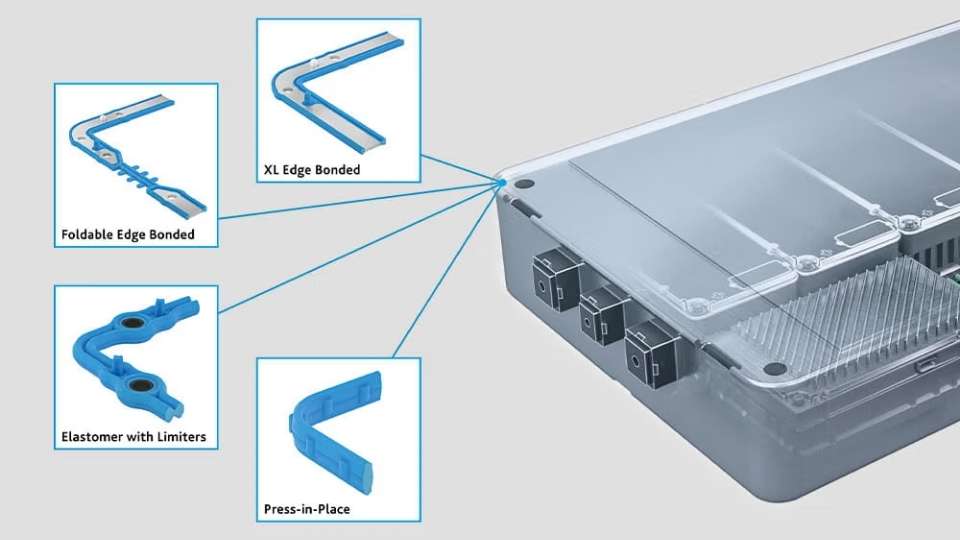
Battery housing design
Battery casings in aircraft are made of injection mold which holds electrical parts and fluid. These are robust to shield other delicate parts of the battery from in-flight vibrations. Further, more chemical-resistant plastics are applied to avoid corrosion by battery fluids.
Circuit Enclosures
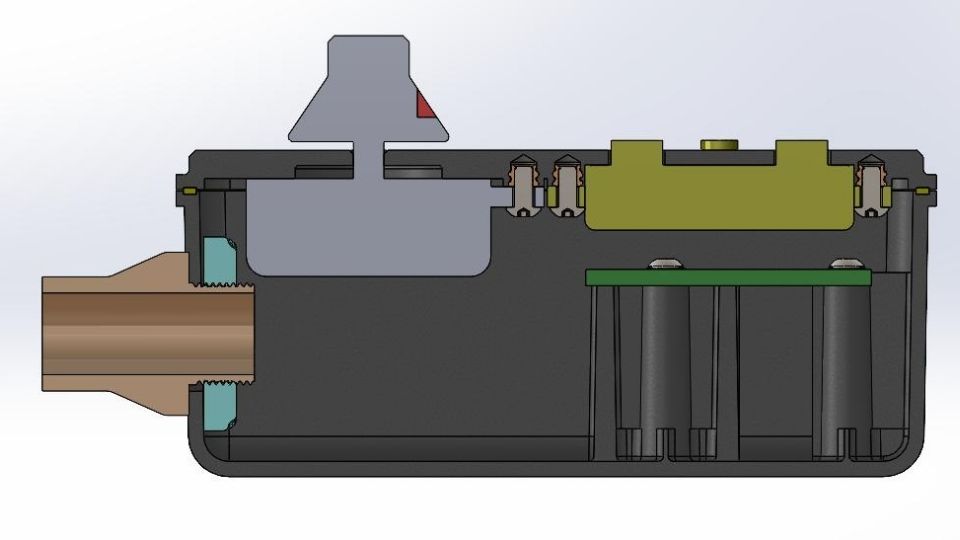
Circuit enclosures
These enclosures protect electronic circuits in aircraft while at the same time protecting them from vibration. The electrical insulation of the plastic makes it possible to shield the internal circuitry from electrical interference during flight.
Radomes
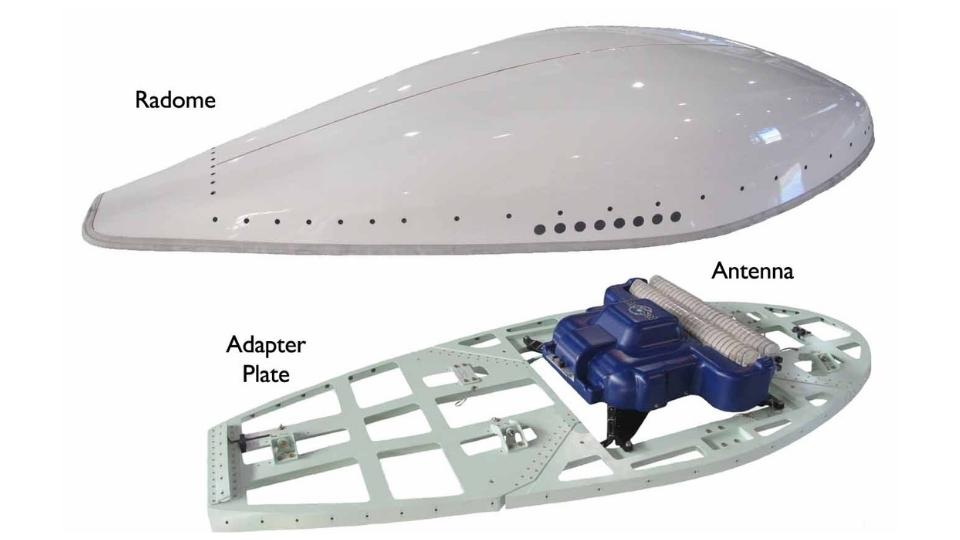
Aircraft radomes
In simplest terms, radomes are used to shield communication devices from the outside environment as well as from electrical interferences. Fluoropolymers are one of the types of thermoplastics, which are used due to their high durability and resistance to weather conditions.
Pitot Tubes
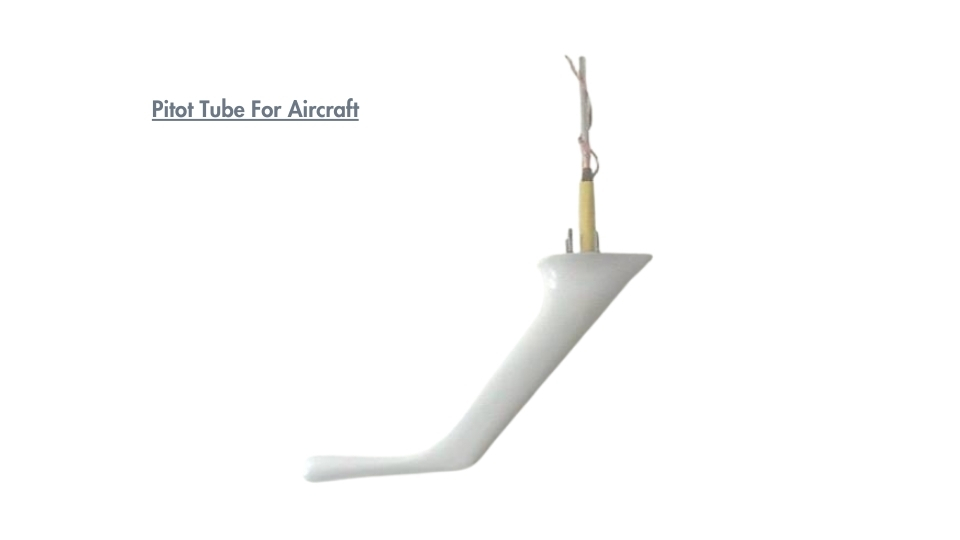
Airplane pitot tube
Pitot tubes are used to measure airflow for pilots and their surface should be smooth so that they can work properly. With injection molding, it is possible to achieve accurate part shapes using materials that will not crack under cold conditions and high altitudes.
Turbine Blades
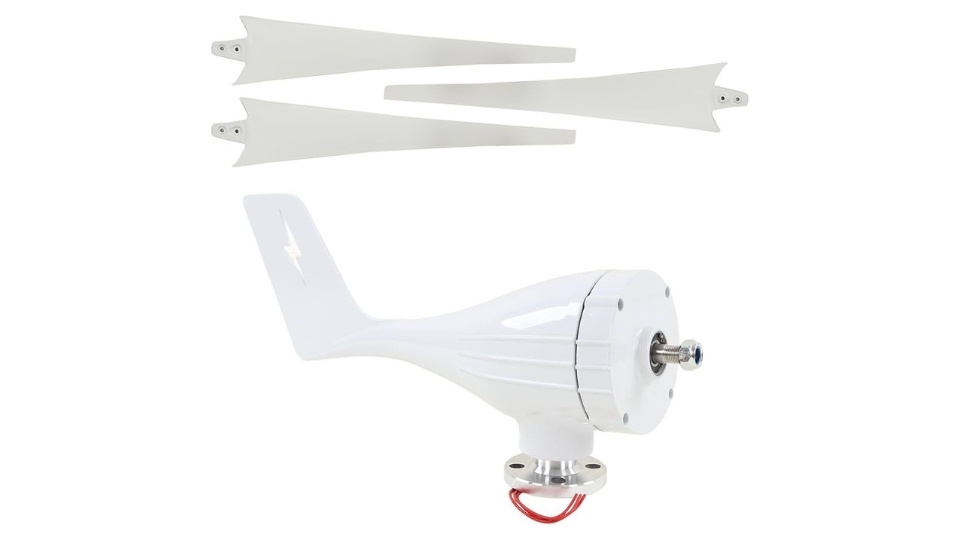
Small windmill
In small aircraft and drones, plastic turbine blades are used so that they don’t add much weight to the aircraft. Injection molding provides the strength and the smooth surface, needed for effective propelling.
Chassis Parts
Some of the plastic chassis parts are the ones used in drones and small aircraft industries. All of these components are most suitable to be made by injection molding because this process is favorable in the mass production of strong and smooth-surfaced parts at a low cost.
Bezels
Bezels are applied to seal aircraft windows and in this process, the gaps have to be made airtight to prevent the penetration of air. Plastics are suitable for these components because the part is lightweight and not load-bearing and the material is easily formed and creates a good seal.
The Future of Injection Molding in Aerospace and Defense
The aerospace and defense sectors are experiencing innovation in injection molding.
Innovative Hybrid Manufacturing
The integration of additive manufacturing and conventional mold making is enhancing the quality of injection molding. This hybrid approach forms complicated mold inserts which improve the cooling and increase the productivity.
Advanced Lightweight Materials
New types of composite materials such as thermoplastic composites and polymers reinforced with nanomaterials are being used more frequently. They offer aerospace components with enhanced mechanical properties though offering less mass.
Automation and Smart Systems
Current trends in the industry are being made possible by the integration of AI and IoT that automates injection molding processes. These systems learn and improve the manufacturing parameters to better utilization of resources and quality of products.
Sustainable Material Solutions
Biopolymers and post-consumer recycled polymers are being adopted in substitution to hazardous polymers, to minimize the environmental footprint in aerospace products manufacturing.
Design Optimization with the Help of Simulation Software
Design for manufacturing (DFM) software enables engineers to optimize parts at the initial stages of the design process. This makes certain that there is the best kind of performance and efficiency in the injection molding process in aerospace applications.
Try Prolean Now!
Injection Molding of Custom Aerospace Prototypes and Parts by ProleanTech
Prolean Tech provides overmolding, insert molding, and premium injection molding services for aircraft components, and the defense industry. Prolean has a competent and committed staff and advanced technology to guarantee both prototyping and production at a very fast rate.
Our online quoting system is fast. So, upload your design, receive your quote, and a thorough Design for Manufacturing (DFM) report. Moreover, we ensure efficient service delivery as well as providing quality support during the process.
Summing Up
The purpose of this article is to bring out the major advantages of aerospace injection molding as well as the steps involved in the process. The manufacturing method allows for designs to be changed freely, weightless parts, and compatibility with high-performance materials, which is why the aerospace industry is an appropriate one for this method. Prolean Tech also offers professional services to improve production efficiency, decrease expenses, and satisfy the strict demands of aerospace projects. We have the capability of supporting you in achieving the precision, durability, and efficiency in your aerospace manufacturing requirements. For more information and specific services, please contact ProleanTech.

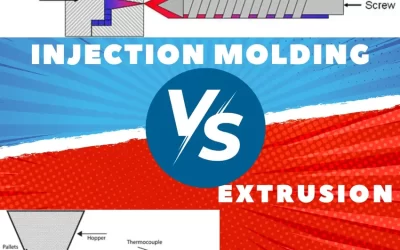
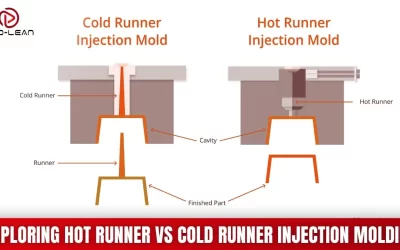
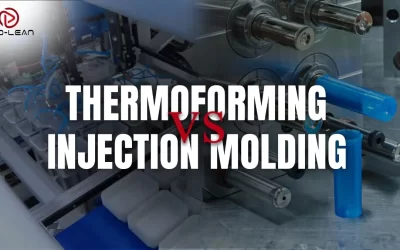
0 Comments